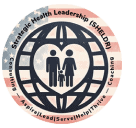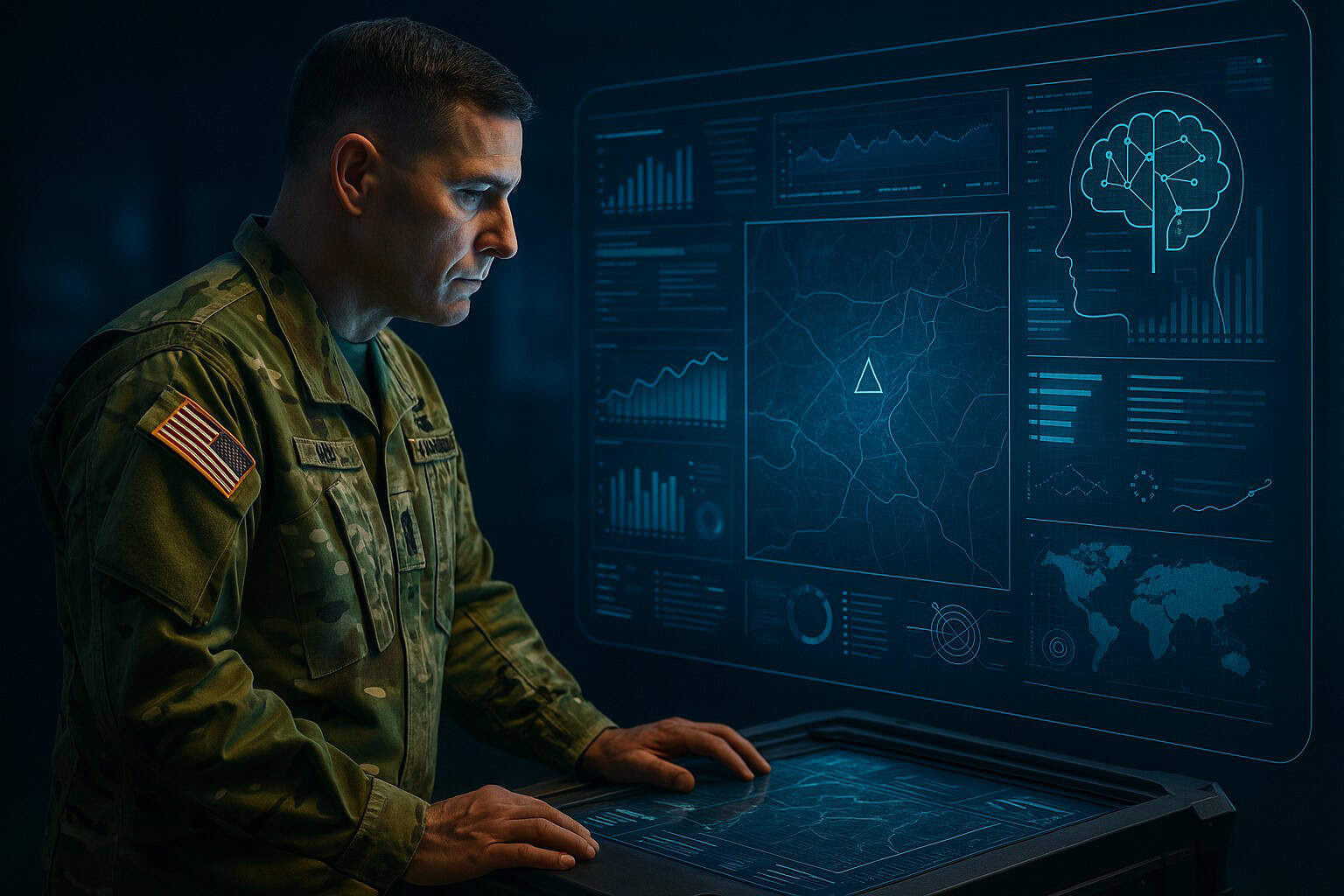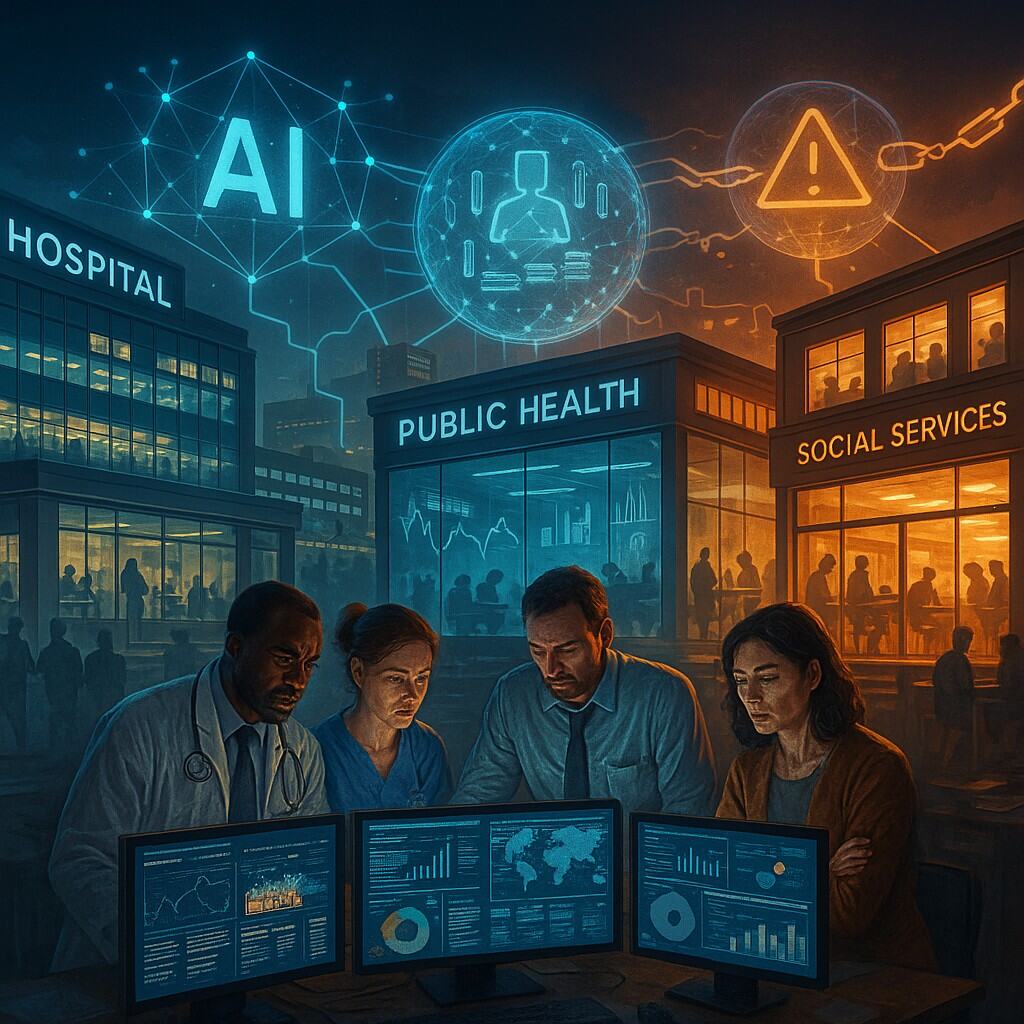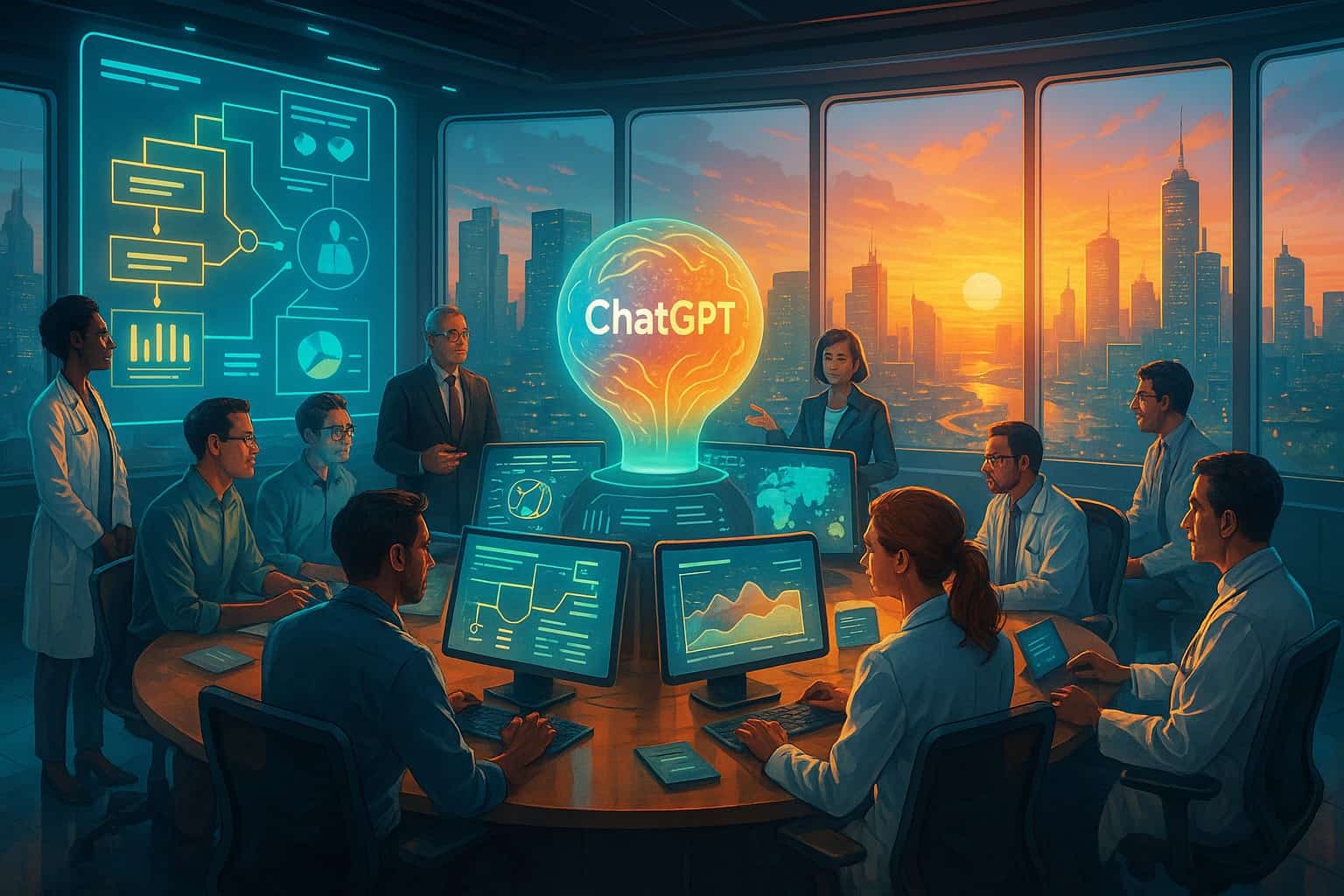Are You Asking the Right Questions Yet?
Executive Summary: In Charles Town, WV, a struggling rural health team transformed its stagnant problem-solving approach by using ChatGPT as a creative brainstorming partner. Through seven structured techniques—from frameworks and opposite thinking to recursive refinement—they unlocked upstream, system-level solutions. This example underscores how Strategic Health Leaders (SHELDRs) can leverage AI to tackle healthcare’s most wicked challenges, accelerate the MAHANSI movement, and lead transformational changes in complex health and human service environments.
Table of Contents
A Familiar Health and Human Services (HHS) Story in Rural America
In the quiet hills of Charles Town, West Virginia, the hospital’s care coordination team was in crisis mode. Emergency room visits had surged, behavioral health referrals were delayed, and the discharge planning process was failing vulnerable patients. Traditional brainstorming sessions—full of sticky notes and stale coffee—had become echo chambers. That changed when Nurse Director Clara introduced an unconventional partner: ChatGPT.
Skeptics raised eyebrows. But Clara, an upstream-minded strategic health leader (SHELDR), used seven powerful brainstorming techniques—rooted in AI and systems thinking—to flip the script.
Use ChatGPT to Brainstorm: A Guide for Strategic Health Leaders
In today’s volatile, resource-constrained health environment, upstream-minded health and human services (HHS) leaders must continuously generate bold, system-level solutions or close their doors. But too often, traditional brainstorming methods fall short—either by recycling old ideas or failing to include diverse perspectives. That’s where ChatGPT enters the picture as a powerful, AI-driven brainstorming partner.
What is ChatGPT?
ChatGPT is a conversational artificial intelligence developed by OpenAI. It has been trained in a wide range of knowledge and communication styles, making it capable of generating ideas, simulating expert perspectives, reframing complex problems, and accelerating creative thinking across disciplines. When prompted strategically, ChatGPT can dramatically enhance how we think, ideate, and plan—especially in healthcare, public health, and human services.
The infographic, designed by Moritz Kremb of thepromptwarrior.com, offers seven practical techniques to unlock ChatGPT’s brainstorming potential. Each technique is versatile and can be applied to wicked challenges like rural health disparities, Medicaid redesign, behavioral health workforce shortages, or maternal mortality reduction. Let’s break down the seven methods with added clarity.

ChatGPT as Team Member to Brainstorm
The story of Charles Town is a wake-up call for every health and human services (HHS) organization: innovation is no longer optional. Here’s how Nurse Director Clara facilitated a brainstorming session using ChatGPT as team members:
1. Frameworks: Clara started with the 5 Whys to understand repeated ER use by patients with diabetes. Next, she applied SCAMPER to rethink telehealth delivery models, asking: What if we Substitute physicians with community health workers for routine follow-up?
2. Different Perspectives: She asked ChatGPT to simulate ideas from a Medicaid case manager, a rural EMS director, and a patient with low health literacy. This method exposed blind spots the team never considered—like how transportation vouchers were prioritized over home-based digital monitoring tools.
3. Opposite Day: To brainstorm how to improve maternity care access, Clara first asked ChatGPT to list 20 ways to worsen outcomes for Black mothers. Then, the team reversed each item into upstream solutions, revealing ideas like prenatal care navigators and culturally congruent doulas.
4. Step-by-Step: The team listed five disruptive trends affecting rural health:
- Provider burnout
- Broadband gaps
- Social isolation
- Unused school-based clinics
- Shifting Medicaid rules
Then they asked ChatGPT to brainstorm business models that connected these trends—for example, mobile wellness units staffed by rotating nurse practitioners and social workers.
5. Creative Words: Using prompts like “Give me 10 radically unconventional ideas to reduce teen vaping,” Clara surfaced proposals ranging from AI-powered chatbots that mimic peer conversations to gamified recovery programs tied to local scholarships.
6. Chain of Density: The team ran recursive brainstorms on reducing no-shows to behavioral health appointments. ChatGPT helped them iteratively refine solutions—e.g., from generic reminders to AI-personalized messages based on individual stressors and clinic wait time modeling.
7. First Principles: Clara used this approach to reimagine the hospital’s relationship with the local economy. Instead of asking how to fund more staff, the team asked: “What’s the irreducible role of a health system in a town with 30% poverty?” This led to new partnerships with local grocers, libraries, and broadband providers.
These tools are not gimmicks. They are structured strategies for reimagining how we lead. When used intentionally, ChatGPT becomes a digital thought partner that sparks insight, systems thinking, and upstream impact—exactly what’s needed to drive the Make All Americans Healthier as a National Strategic Imperative (MAHANSI) movement forward.
Advice for SHELDRs
To seize this opportunity, strategic leaders must develop three key AI competencies:
- Prompt engineering for problem reframing
- Scenario simulation from diverse stakeholder angles
- Recursive solution refinement using AI tools
Charles Town’s transformation didn’t start with a new policy. It started with a better question. What if every health team in America had the courage to ask one?
Summary and Conclusion
Charles Towns’s story illustrates that when innovative health leaders harness ChatGPT’s structured brainstorming—implementing frameworks, diverse perspectives, and recursive refinement—they unlock transformative, system-level solutions. Embracing AI as an active partner, we reframe persistent challenges, ignite creativity, and drive MAHANSI-forward change for healthier communities and resilient healthcare systems.
Together, we build transformative futures.
Three Discussion Questions
- Which of the 7 brainstorming techniques could challenge your team’s current assumptions?
- How might AI-supported ideation change the way we design Medicaid or VA services?
- How can SHELDRs integrate AI brainstorming in real-time governance or boardroom decision-making?
WDYT?
~DrQD
Learn more at https://sheldr.com, and a sampling of my articles
2 AI Allies to Supercharge Your Leadership: Bend Time & Conquer Chaos with ChatGPT & Bard
#WestVirginia
#MAHA
#SHELDR
#MAHANSI
#AIforHealthLeaders
#HealthSystemRedesign
#AIHealthcareInnovation
#BrainstormWithChatGPT
#StrategicHealthLeadership
#MAHANSITransformation
#RuralHealthSolution




